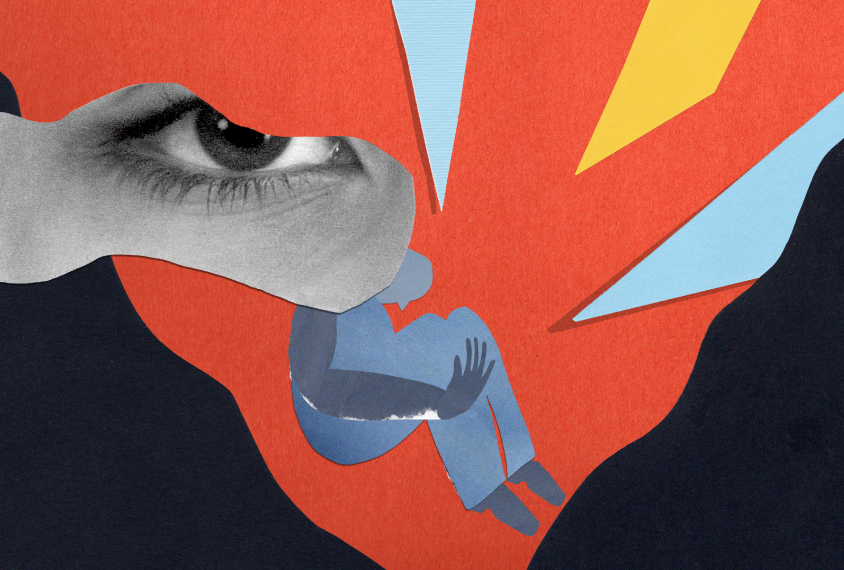Lauren Gravitz is a freelance writer and editor in Hershey, Pennsylvania, who covers health, medicine, science and the environment. Her stories have appeared in Nature, Aeon, The Economist, Technology Review, O, The Oprah Magazine and Discover, among others.

Lauren Gravitz
Freelance Writer
SFARI.org
From this contributor
At the intersection of autism and trauma
Autism and post-traumatic stress disorder share many traits, but the connection between them was largely overlooked until now.
Autism’s drug problem
Many people on the spectrum take multiple medications — which can lead to serious side effects and may not even be effective.
Lack of DNA modification creates hotspots for mutations
The absence of a chemical alteration called methylation on some stretches of DNA makes them especially prone to mutations, according to a paper published in PLoS Genetics in May.

Lack of DNA modification creates hotspots for mutations
Explore more from The Transmitter
Snoozing dragons stir up ancient evidence of sleep’s dual nature
Deep-sleep cycling between brain waves of higher and lower amplitude dates far back on the evolutionary tree, according to a new comparative study of mammals and reptiles.
Snoozing dragons stir up ancient evidence of sleep’s dual nature
Deep-sleep cycling between brain waves of higher and lower amplitude dates far back on the evolutionary tree, according to a new comparative study of mammals and reptiles.
The Transmitter’s most-read neuroscience book excerpts of 2025
Books by Nachum Ulanovsky, Nicole Rust, and Andrew Iwaniuk and Georg Striedter made the list of some of the year's most engaging neuroscience titles.

The Transmitter’s most-read neuroscience book excerpts of 2025
Books by Nachum Ulanovsky, Nicole Rust, and Andrew Iwaniuk and Georg Striedter made the list of some of the year's most engaging neuroscience titles.
Neuroscience’s leaders, legacies and rising stars of 2025
Here are seven stories from the past year about some of the field’s most engaging figures.

Neuroscience’s leaders, legacies and rising stars of 2025
Here are seven stories from the past year about some of the field’s most engaging figures.

